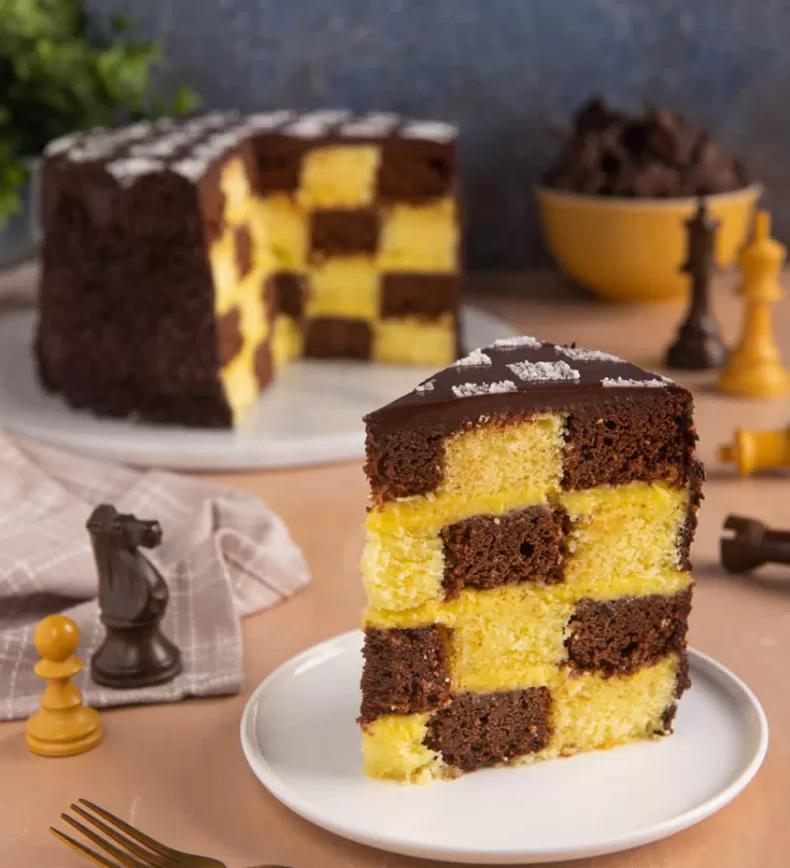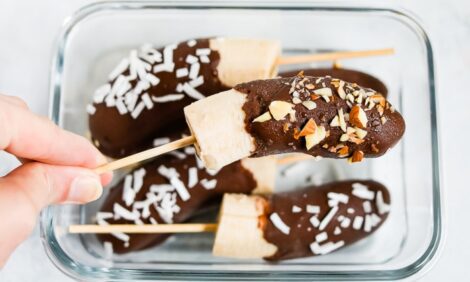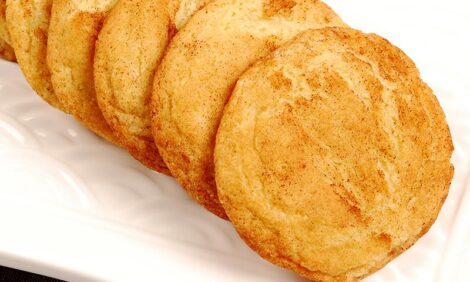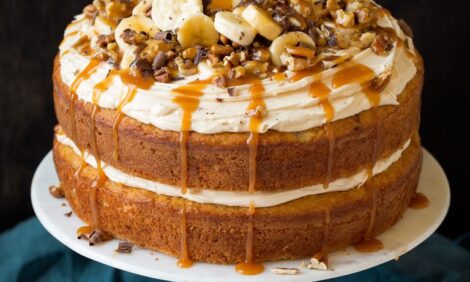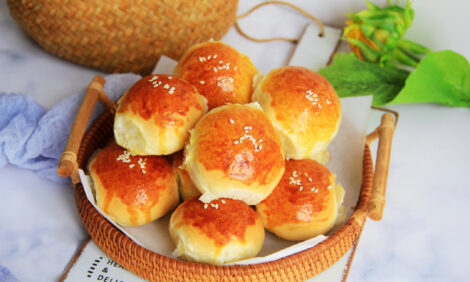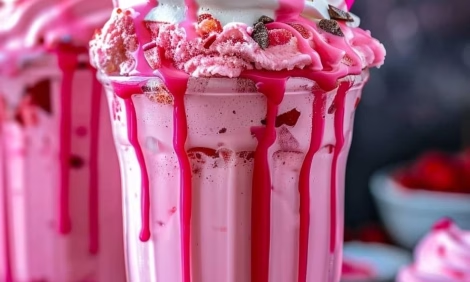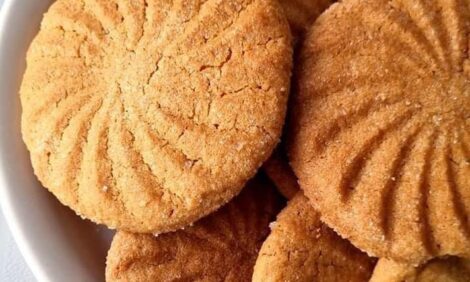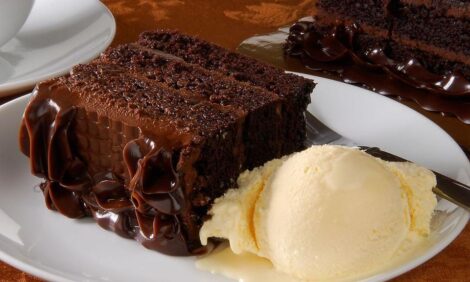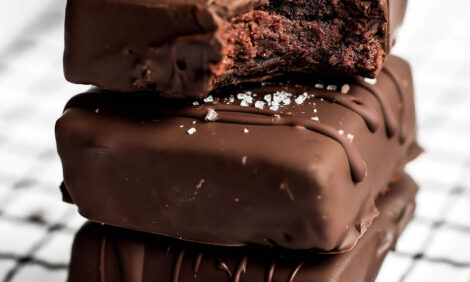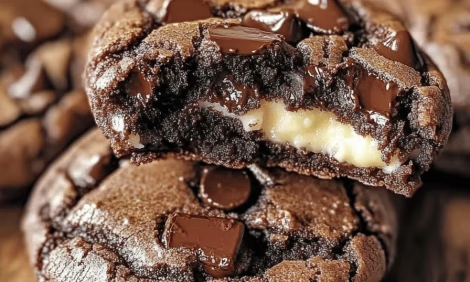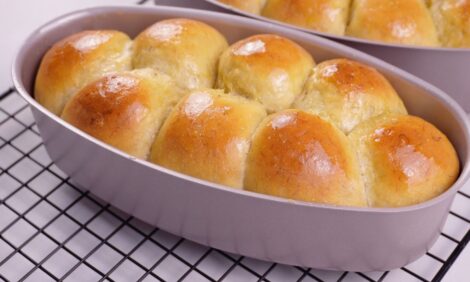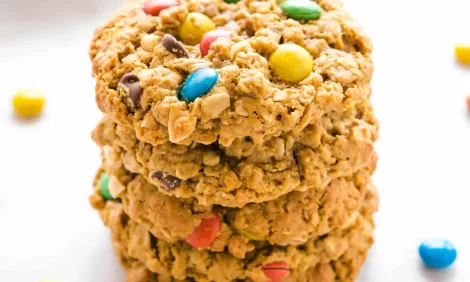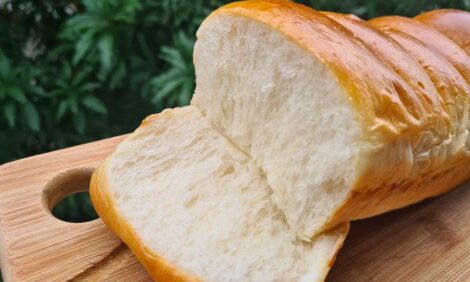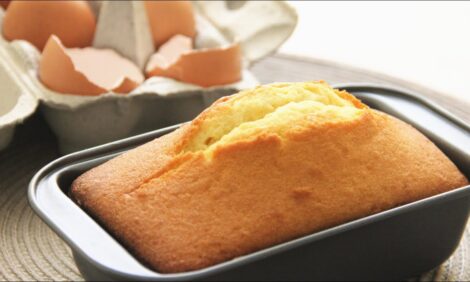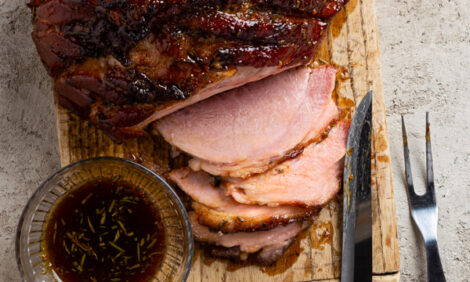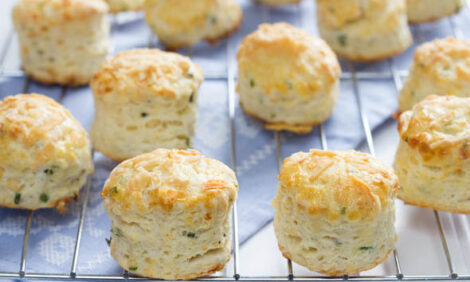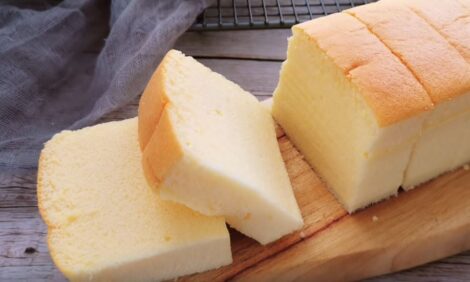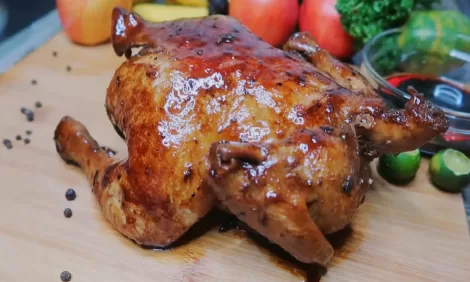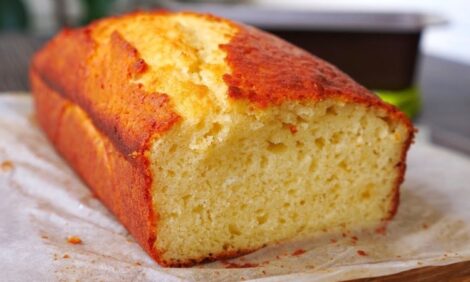The chess cake is a tall and spectacular chocolate cake, with a geometric pattern inside that will make cutting it a real surprise. It is made up of two bases, a light one with a consistency similar to that of sponge cake and a dark one more similar to that of naked cakes , which are cut and recomposed in layers interspersed with a cream similar to custard but with the addition of a delicious orange flavor. To cover it all, a delicious chocolate ganache ! In short, a triumph of flavor, ideal for a birthday party or for any special occasion!
Ingredients
For the light base
- Flour 135 g
- Potato starch 75 g
- Sugar 225 g
- Medium eggs (250g) 5
- Egg yolks 4
- Butter 135 g
- Baking powder for cakes 5 g
- Lemon(the grated rind) 1
For the dark base
- Flour 250 g
- Unsweetened cocoa powder 25 g
- Milk 175 g
- 50% dark chocolate 150 g
- Medium eggs(200g) 4
- Butter 250 g
- Sugar 200 g
- Acacia honey 50 g
- Cinnamon powder 1 Teaspoon
- Clove powder 1/4 teaspoon
- Nutmeg 0.5 teaspoon
- Baking powder for cakes 16 g
- salt 1 pinch
For the soaking
- Sugar 50 g
- Orange juice 50 g
For the orange cream
- Milk 270 g
- Cornstarch 50 g
- Orange juice 175 g
- Sugar 175 g
- Egg yolks 100 g
- Orange(the grated rind) 1
For coverage
- Fresh liquid cream 650 g
- Butter 100 g
- 50% dark chocolate 750 g
To complete
- Chocolate sprinkles 200 g
- Powdered sugar
Instructions
For the light base
- Melt the butter in the microwave or in a saucepan, add the grated lemon zest so that it releases its aroma and let it cool. Pour the whole eggs into the bowl of the stand mixer fitted with a whisk, add the sugar and turn the machine on at medium-high speed.
- After about 10 minutes, when the mixture is nice and frothy, add the egg yolks, one at a time, always beating. In a separate bowl, sift the 00 flour, potato starch and yeast twice and then add them to the other ingredients in the mixer, increase the speed of the mixer and let it work until you obtain a dense and consistent mixture.
- Take ¼ of the dough and put it in a bowl, then add the
now lukewarm lemon-flavored butter and mix vigorously with a whisk to emulsify it with the other ingredients. Then put everything back in the bowl of the planetary mixer and mix gently by hand so as not to deflate the mixture. - Pour the mixture into a greased cake pan with the bottom lined with baking paper and bake in a static oven at 175° for 45-50 minutes. Before removing the base from the oven, do the toothpick test to check if it is cooked. Then let it cool and then remove the upper and lower parts darkened by cooking (only 2 mm) and cut it horizontally so as to obtain two discs of the same thickness.
For the dark base
- Chop the dark chocolate and melt it in the microwave or in a bain-marie, then let it cool. Beat the soft butter together with the sugar until the mixture is light, fluffy and frothy.
- Add the honey to the butter mixture, then add the eggs one at a time. Beat for another 5 minutes, then add the milk little by little and the salt. Finally add the melted chocolate.
- Sift the flour with the yeast, cocoa powder and spices and combine them with the mixture using a spatula. Butter and flour the second mold and pour the mixture into it; level the surface and bake in a static oven preheated to 150° for about 90 minutes. After that, take this base out of the oven, let it cool completely and, also divide it horizontally into two disks of equal thickness.
For the orange cream
- In a saucepan, heat the milk, cream, orange juice and grated zest, and liqueur until it almost boils. Meanwhile, in a separate bowl, beat the egg yolks with the sugar using a hand whisk. When you have obtained a smooth mixture, add the cornstarch and mix well.
- When the cream and milk are almost boiling, pour them onto the egg mixture and mix well, then put everything back into the saucepan, return to the stove and let the cream thicken over low heat, stirring continuously.
- At this point, transfer the cream to a low, wide baking dish and leave it to cool completely, covered with cling film, first at room temperature and then in the refrigerator for an hour.
For the bath
- In a saucepan, heat the water with the orange juice and sugar, stirring until the sugar has completely dissolved. Then let it cool.
Composition
- Recover the base discs and cut them out using the appropriate pastry cutters for each one (of different sizes, 19 cm, 12 cm and 5 cm), so as to obtain concentric circles.
At this point, recompose the 4 discs, alternating light rings and dark rings, so as to obtain, once the dessert is assembled, the chessboard effect. - Place the first largest light ring on a rack, then a medium dark one and finally the small light center, moisten the surface with the orange syrup and sprinkle them with 1/3 of the prepared cream (about 200 g per layer).
- Overlay a second layer, making sure that the order of the color of the circles is reversed compared to the previous ones. So start with the largest dark circle, then the medium light one and the small dark center.
- Proceed in sequence with the syrup and the cream. Continue in this way until you have a 4-layer cake and you have used up all the ingredients. Do not put cream on top of the cake. Place it in the refrigerator for an hour.
For Coverage
- Melt the chocolate in the microwave. In the meantime, pour the cream into a saucepan with the butter. When it almost boils, pour it all over the chocolate, mixing well to obtain a smooth cream and let it cool down to 34°. Then pour it first on the sides of the cake, spatula to make it stick, then continue on the surface of the cake and spatula to remove the excess.
- Adhere some dark chocolate sprinkles to the sides of the cake, so as to cover them completely. Let the cake rest in the refrigerator for at least an hour before decorating.
To Decorate
- Using a checkerboard stencil, sprinkle the top of the cake with powdered sugar (preferably hygroscopic, meaning it doesn’t absorb moisture), creating a checkerboard pattern.
- If you use regular powdered sugar, it will melt slowly due to the moisture released by the cake.
- Your chessboard cake is ready to be enjoyed!

